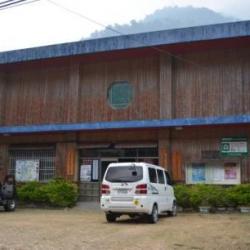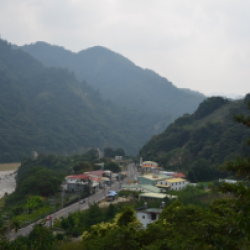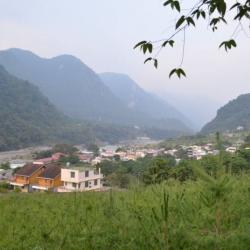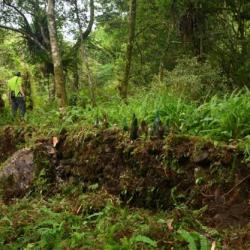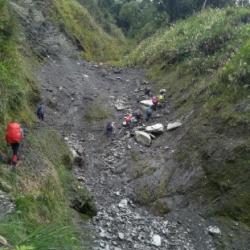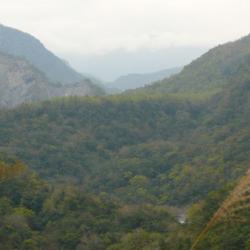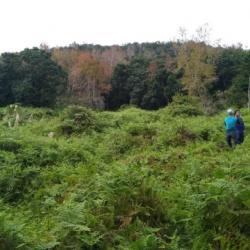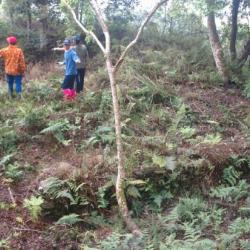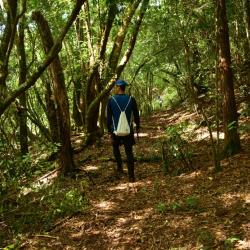Lileng Hamlet is located on the western fan terrace where the Dajia River and Lileng River meet in the Heping District of Taichung City. The Atayal traditional name for the place is Qalang Lilang. People of Lileng Hamlet originally lived in Hongxiang Hamlet in Renai Township, Nantou County. However, in the early days of the Japanese occupation, with the push of the Aiyong border in Dajia River, the Governor-General in Taiwan set up the Lileng Police Post there, and collectively moved the people to the vicinity of the police post. This formed the Lileishe or the Lilanshe, which is the present Lilen Hamlet.
